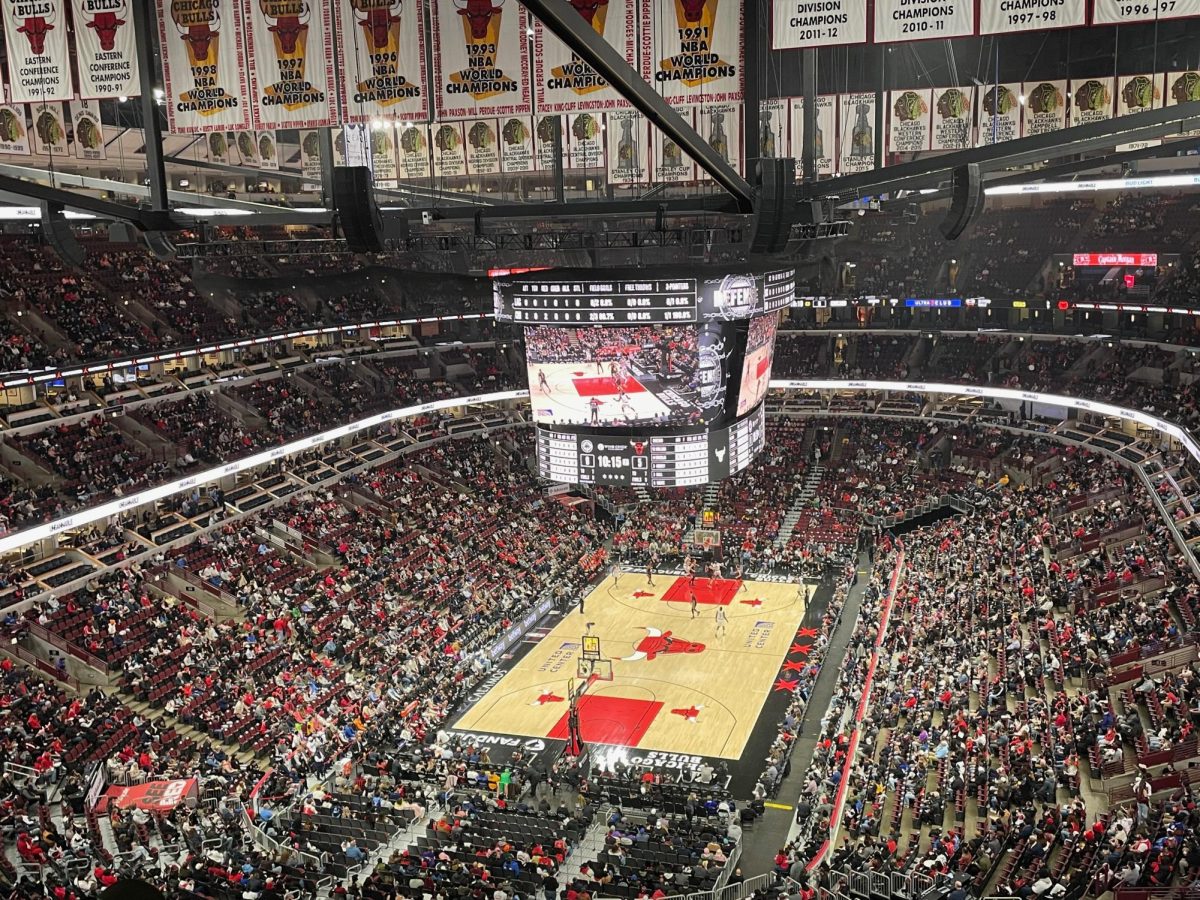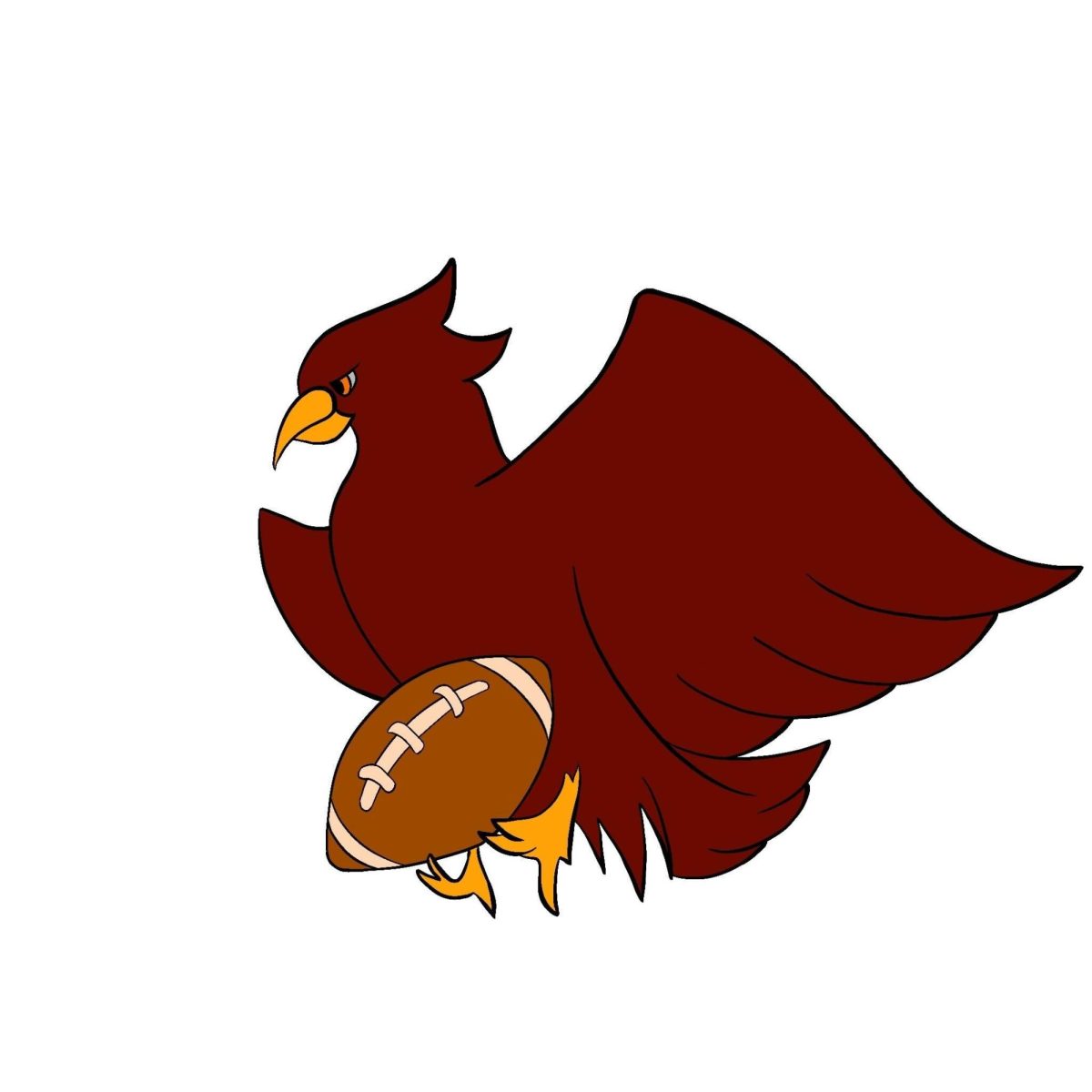With its title defense hanging by a thread, football has its work cut out for it this weekend. Facing its toughest task of the year in a must-win road game, the Maroons (2–3, 0–1 UAA) travel to Carnegie (6–0, 1–0) Saturday for a make-or-break contest in the squad’s bid to repeat as UAA champs.
After finishing on the wrong end of a 26–7 shellacking at the hands of Wash U last week at Stagg, the Maroons will need to find a way to contain the nation’s sixth-ranked rushing offense if they have any hope of coming out on top tomorrow. While Chicago’s defense will have its hands full stopping the run, the key to the game may very well come down to the play of the men in the trenches.
The unsung heroes of every good football team, offensive linemen are known for their anonymity. Their task, while simple, is rarely easy: The line does its job so everyone else can do theirs.
Dominated by upperclassmen, Chicago’s line has undergone changes over the course of the season but rarely have they detracted from the unit’s performance. In its two leaders, fourth-years left tackle and preseason All-American Ben Potts and right tackle Joe Bufalino, the line has two players with very different playing styles. While Potts brings a more physical, in-your-face approach, the converted tackle Bufalino relies more on technique and utilizing his 6-foot-6, 275-lb. frame to keep defensive linemen off balance.
Joining the tackles are three veterans who are in their first seasons as starters: fourth-year center Mike Hawkins, fourth-year guard Steve Holtzman, and third-year guard Matt Siedlecki. Hawkins, who shone in a losing cause against the Bears, and Holtzman both bring bruising, bulldozer-style approaches to blocking. Siedlecki, a former defensive tackle, relies more on footwork to shield off pass rushers.
“We are a senior-dominated line and have been playing together for a long time now,” Potts said. “We’re all very comfortable trusting each other and have a high degree of confidence in our abilities as a unit. It’s nice to know what everyone is thinking on each play; it makes us function more efficiently.”
Siedlecki’s emergence as a valuable contributor has come at some cost, though. He broke into the lineup after fourth-year Leon Gordon, a three-year starter on the line, suffered multiple fractures of his ankle in the loss to Elmhurst.
“Some offensive linemen want to play like they’re in a telephone booth, and some want to play like they’re in a playground,” head coach Dick Maloney said of the differing styles. “Leon was a combination of all of those guys. He was by far the best athlete on the line.”
“I feel like the loss of Leon was quite a stunning blow to us,” Hawkins said. “However, I think we’ve adjusted well, and I’m very impressed with Siedlecki. He’s picked up his new position very quickly.”
Against a Carnegie team that is prone to holding onto the ball for long stretches at a time, the Maroons’ offensive line will need to have a big game and open up holes for second-year running back Chuck Little if they want to keep the Tartans offense off the field.
With third-year running back Nick Schey’s availability doubtful due to a foot injury, the squad’s backfield will be without half of its two-pronged attack. Although the two ballcarriers have similar hard-nosed styles, Schey is one of the few Maroons with the ability to break a game wide open in one play, as he did last season against Wash U. Against a Tartan defense that is stingy against the pass but concedes 124 yards per game on the ground, the Maroons must capitalize on their offensive opportunities.
“Defensively, they play a lot of people. They’re very opportunistic; it’s not a real complicated scheme,” Maloney said. “More of a bend but don’t break. I think they view us as not having a game breaker on offense. They don’t fear the big play.
“They’re not a pressure team. They rush three or four guys and then keep seven or eight off the ball in coverage; they play for the turnover. It’s a good, solid, sound defense.”
On the other side of the ball, third-year Gaby Fernandez and the rest of the squad’s eight-man front needs to have career games to stop the hosts from Pittsburgh. Carnegie ran for 383 yards September 30 at Colorado College (3–3–0) and is averaging nearly 300 per game for the season. Operating out of the wing––T formation, the Tartans thrive on keeping opponents off balance. If Chicago is going to be successful, it will need to break through the gaps in the home team’s line and disrupt drives before they gain momentum.
“We have to have three-and-outs on defense. First down is going to be a critical down for us,” Maloney said. “They like to block down and then kick out. It’s a lot of razzle dazzle.”
While there is little doubt that the Maroons have missed the presence of 2005 All-American Rob Tamillow (A.B. ’05) at defensive end, they will benefit from the return to form of two key run-stoppers. Fernandez, who has been nursing a high ankle sprain, and second-year Vinny O’Leary, who has missed weeks with a pulled groin, are both expected to get starts. If the Maroons won’t be able to completely shut down Carnegie’s running backs, the reinsertion of O’Leary and Fernandez will certainly help to contain the Tartans.
Last season at Stagg, the Maroons pulled off a crushing 35–6 victory to clinch at least a share of the league title. While Chicago has stumbled at times this season, a strong performance Saturday would put the South Siders right back into the UAA title mix and make the Wash U debacle a distant memory.
“We’ve had fairly good success playing against them in the past. There’s nothing we’d like more than to play a good team and beat them,” Maloney said. “We had a very good week of practice, and I hope it carries over.”








